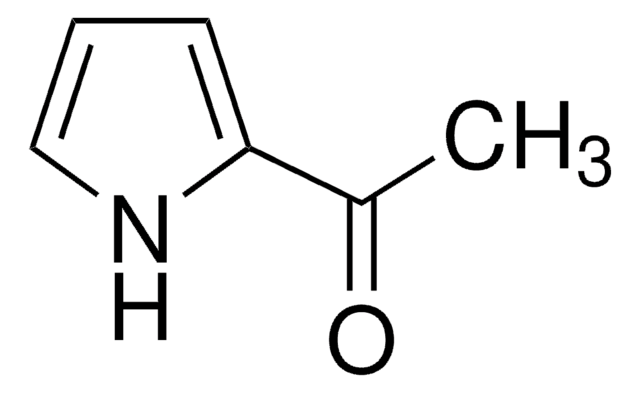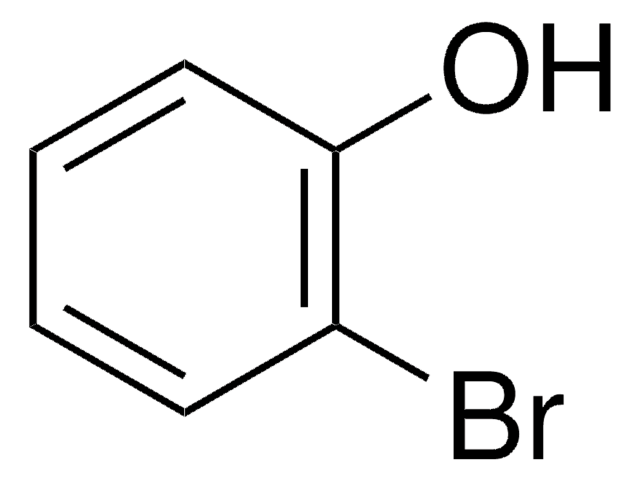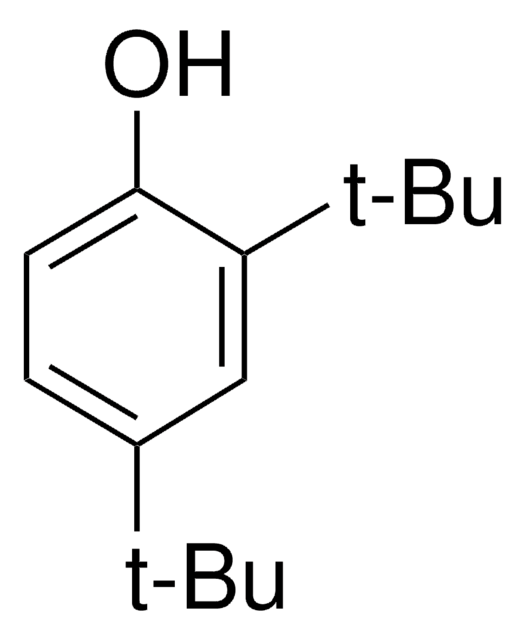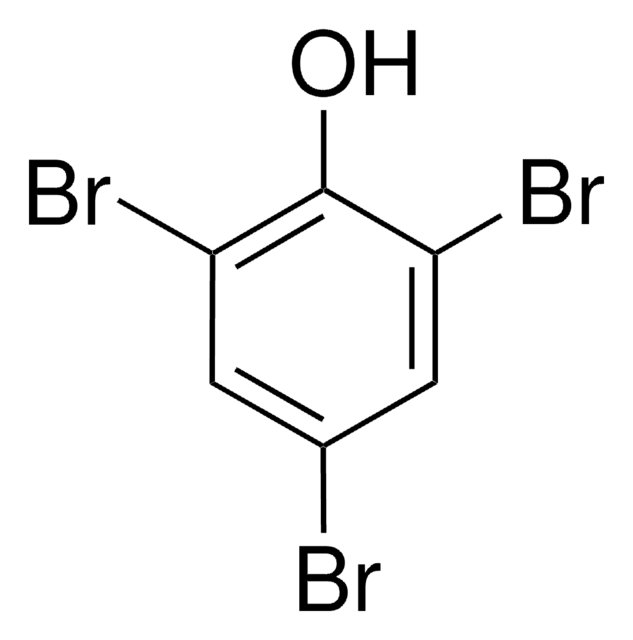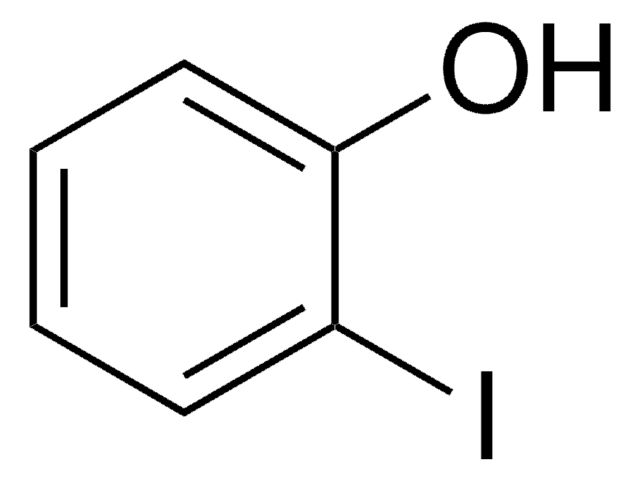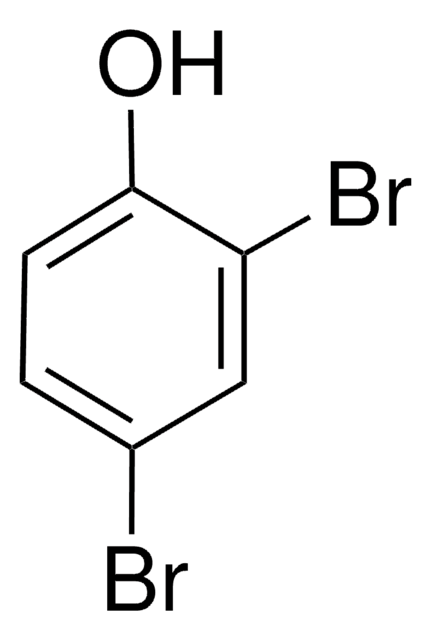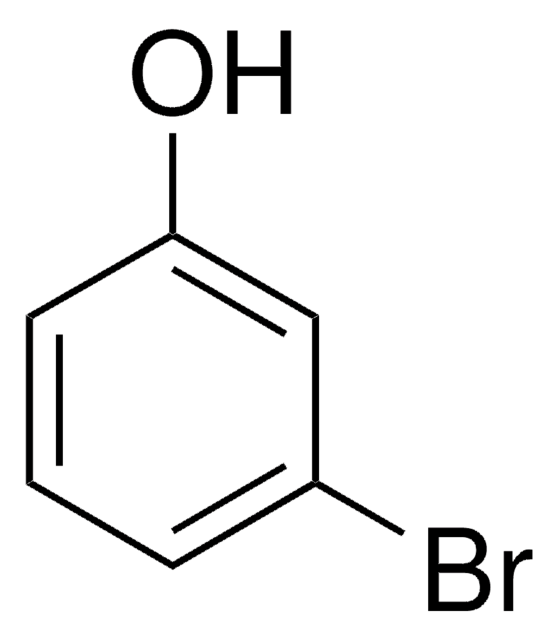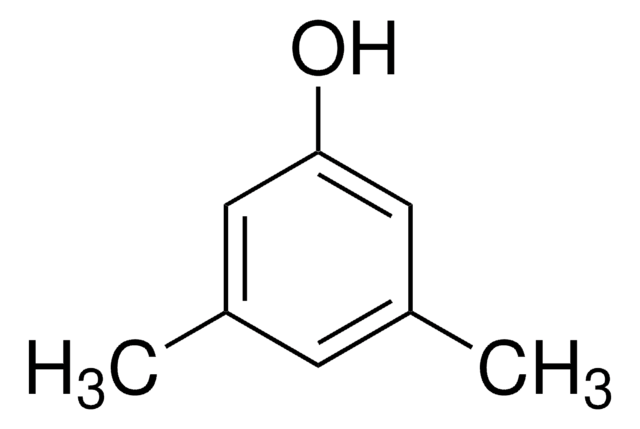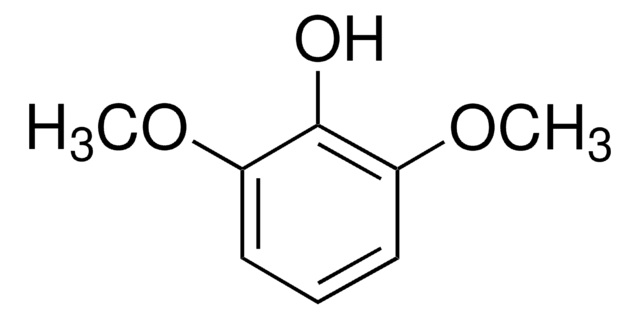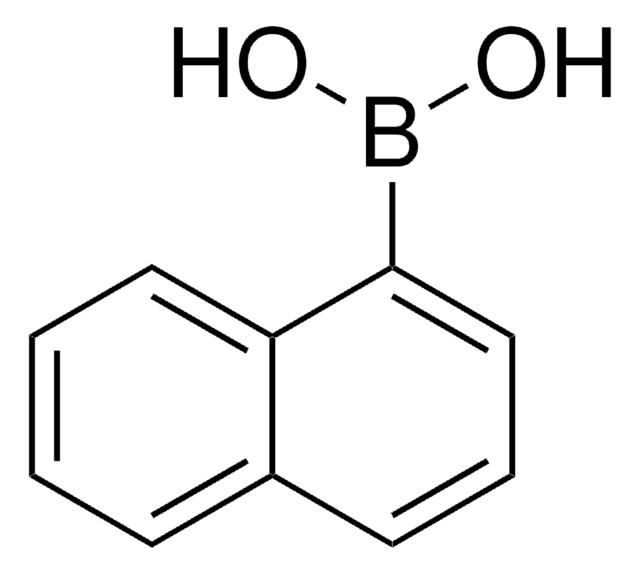Kluczowe dokumenty
About This Item
Polecane produkty
Poziom jakości
Próba
99%
Formularz
solid
bp
255-256 °C/740 mmHg (lit.)
mp
53-56 °C (lit.)
grupa funkcyjna
bromo
ciąg SMILES
Oc1c(Br)cccc1Br
InChI
1S/C6H4Br2O/c7-4-2-1-3-5(8)6(4)9/h1-3,9H
Klucz InChI
SSIZLKDLDKIHEV-UHFFFAOYSA-N
informacje o genach
human ... ALOX12(239) , ALOX15(246) , GABRA1(2554)
Szukasz podobnych produktów? Odwiedź Przewodnik dotyczący porównywania produktów
Opis ogólny
Zastosowanie
Hasło ostrzegawcze
Warning
Zwroty wskazujące rodzaj zagrożenia
Zwroty wskazujące środki ostrożności
Klasyfikacja zagrożeń
Acute Tox. 4 Dermal - Acute Tox. 4 Inhalation - Acute Tox. 4 Oral
Kod klasy składowania
11 - Combustible Solids
Klasa zagrożenia wodnego (WGK)
WGK 3
Temperatura zapłonu (°F)
Not applicable
Temperatura zapłonu (°C)
Not applicable
Środki ochrony indywidualnej
dust mask type N95 (US), Eyeshields, Gloves
Wybierz jedną z najnowszych wersji:
Masz już ten produkt?
Dokumenty związane z niedawno zakupionymi produktami zostały zamieszczone w Bibliotece dokumentów.
Klienci oglądali również te produkty
Nasz zespół naukowców ma doświadczenie we wszystkich obszarach badań, w tym w naukach przyrodniczych, materiałoznawstwie, syntezie chemicznej, chromatografii, analityce i wielu innych dziedzinach.
Skontaktuj się z zespołem ds. pomocy technicznej